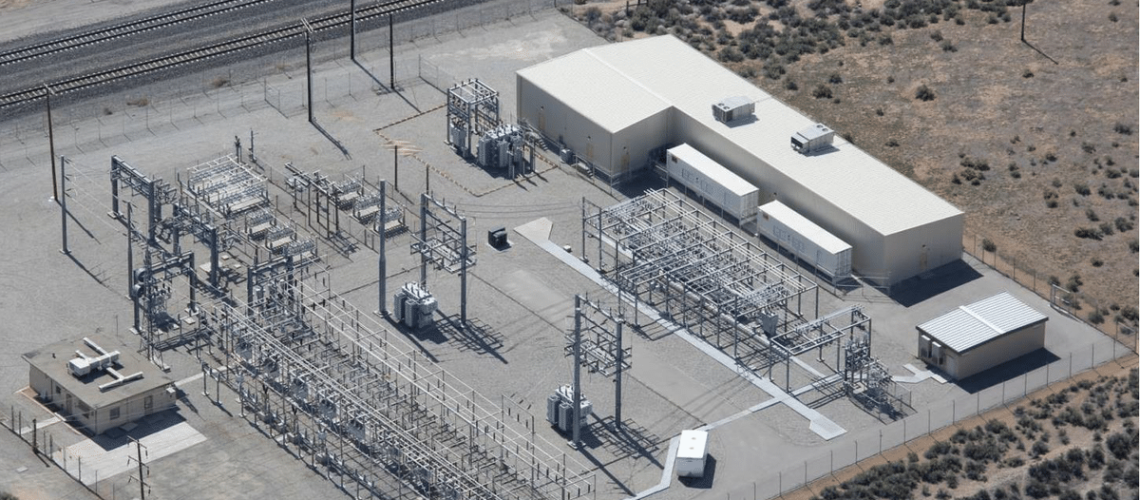The Solar Energy Industries Association (SEIA) says a low-income tax credit “adder,” which is part of the Inflation Reduction Act’s (IRA) Investment Tax Credit (ITC), will be replaced by a regime that does not apply to energy storage systems.
From pv magazine’s ESS News
The U.S. Solar Energy Industries Association (SEIA) has claimed a planned switch from the IRA’s Low Income Communities Bonus Credit Program to a “technology-neutral tax credit structure,” from Jan. 1, 2025, means energy storage systems will no longer qualify for additional tax credits.
Under the IRA rules in place for the remainder of 2024, renewable energy projects constructed in low income communities, or on tribal land, can top up the 30% tax credit offered by the ITC with an additional 10%, provided they have less than 5 MWac output.
Projects of that scale installed in qualifying low-income residential buildings, or which comprise qualifying low-income economic-benefit projects can claim a 20% ITC “adder.”
There is an annual cap on the project capacity which can benefit from the low income adders and project decisions are made by the Internal Revenue Service, based on Department of Energy recommendations.
The low income tax adder is due to change to a technology-neutral “Clean Energy ITC” from Jan. 1, 2025. An Environmental Protection Agency (EPA) website explainer of how the IRA works says the new regime will “generally” work along the same lines and offer the same tax credits, on a technology-neutral basis, to all projects which will “have an anticipated greenhouse gas emissions rate of zero.” The EPA explainer explicitly states energy storage systems will come under the new system as part of the ITC.
The SEIA, however, has said, on its website, “Beginning in 2025, storage assets will no longer qualify for the [Low Income Communities Bonus Credit Program] benefit, presenting red tape and headaches for residential and community solar companies and storage accessibility issues for solar customers.”
The organization added, the tax system changeover will bring “new administrative and contracting costs for residential and community solar businesses and reduces consumer choice.”
The SEIA pointed out the U.S. Department of the Treasury had received more than 50,000 applications for the Low-Income Communities Bonus Credit Program since it was introduced in 2023. Those installations added up to 1.5 GW of solar generation capacity with the SEIA adding, 13% of solar arrays included energy storage in 2023, a figure that is expected to double by 2028.



